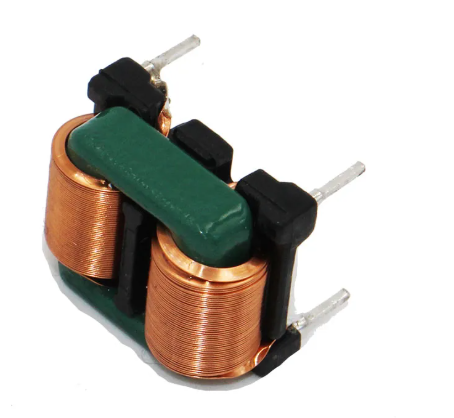Warning: Undefined variable $articleindexname in D:\wwwroot\www.resistorsupplies.com\moban\en_inc\article.php on line 46
> The Role of Inductance in Wireless Communication Systems
The Role of Inductance in Wireless Communication Systems

Inductance plays a crucial role in various aspects of wireless communication systems, most notably in:
1. Wireless Power Transfer (WPT):
Inductive Coupling:
Charging smartphones and other portable devices.
Powering implanted medical devices.
Electric vehicle charging.
This is a primary application. WPT relies on the principle of mutual inductance, where energy is transferred between two coils without a physical connection.
A transmitting coil generates a magnetic field, which induces a current in a receiving coil.
This is used in:
Resonant Inductive Coupling:
This extends the range of inductive coupling by using resonant circuits.
By tuning the transmitting and receiving coils to the same resonant frequency, efficient power transfer can occur over greater distances.
2. Radio Frequency (RF) Circuits:
Tuning and Filtering:
Resonant circuits to select specific frequencies.
Filters to block unwanted frequencies.
Antenna matching networks to optimize signal transmission.
Inductors are essential components in RF circuits for tuning and filtering signals.
They are used in:
Antennas:
Inductance is a fundamental property of antennas.
Antenna design involves careful control of inductance to achieve desired radiation patterns and impedance characteristics.
3. Near-Field Communication (NFC):
Data Transfer:
Mobile payments.
Access control.
Data exchange.
NFC uses inductive coupling to enable short-range data transfer between devices.
This is used in:
Key Concepts:
Mutual Inductance:
The phenomenon where a changing current in one coil induces a voltage in another coil.
Resonance:
The condition where a circuit oscillates at its natural frequency, enabling efficient energy transfer.
In essence, inductance is vital for both power transfer and signal processing in wireless communication systems. Its properties enable the creation of efficient and reliable wireless technologies.
Email us
Warning: Undefined variable $pronamepx in D:\wwwroot\www.resistorsupplies.com\moban\en_inc\article.php on line 57
Fatal error: Uncaught TypeError: count(): Argument #1 ($value) must be of type Countable|array, null given in D:\wwwroot\www.resistorsupplies.com\moban\en_inc\article.php:57 Stack trace: #0 D:\wwwroot\www.resistorsupplies.com\article.php(162): include() #1 {main} thrown in D:\wwwroot\www.resistorsupplies.com\moban\en_inc\article.php on line 57
